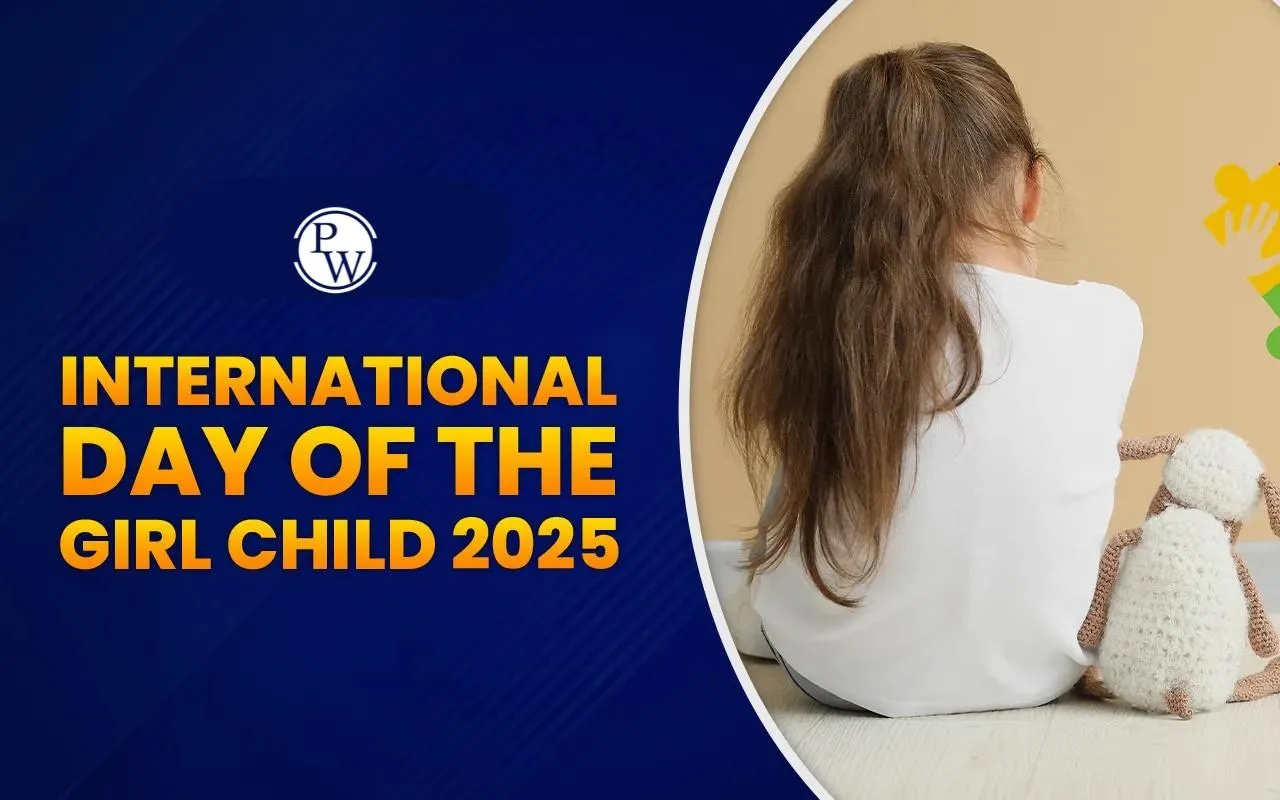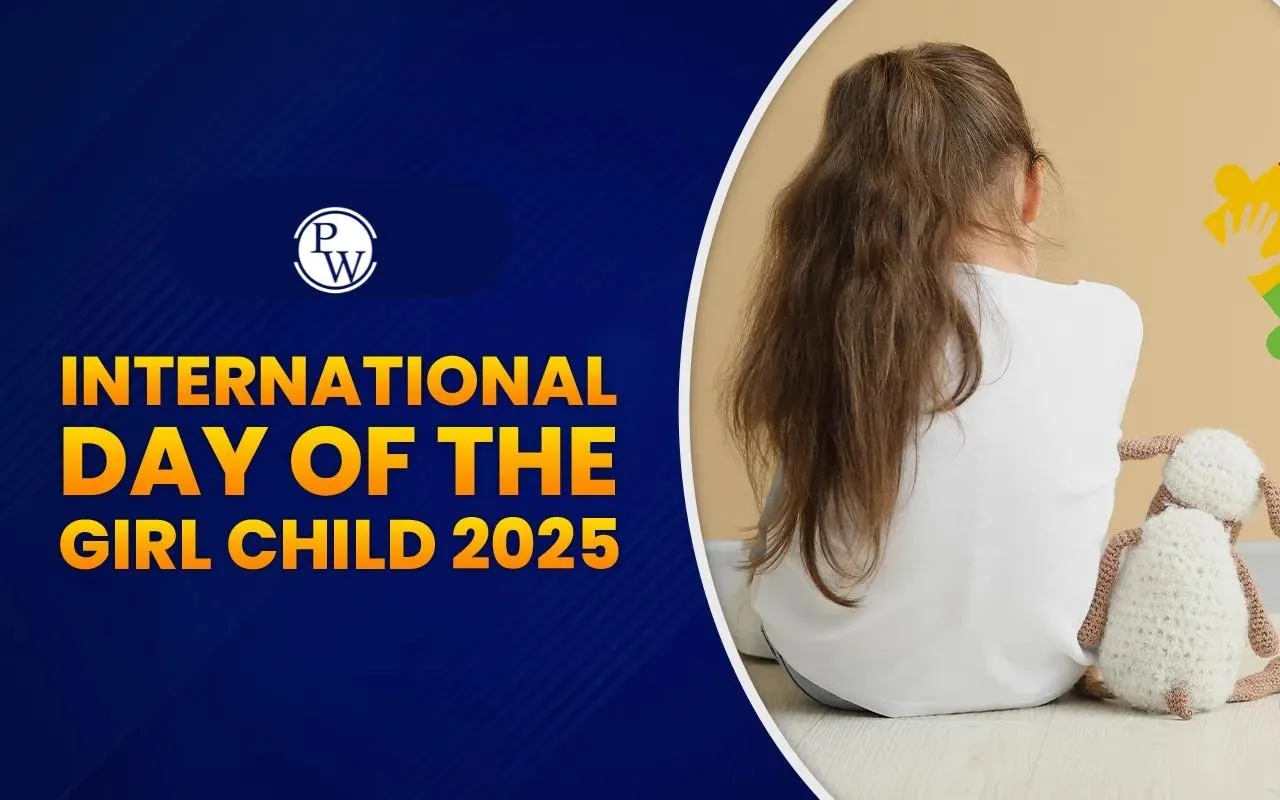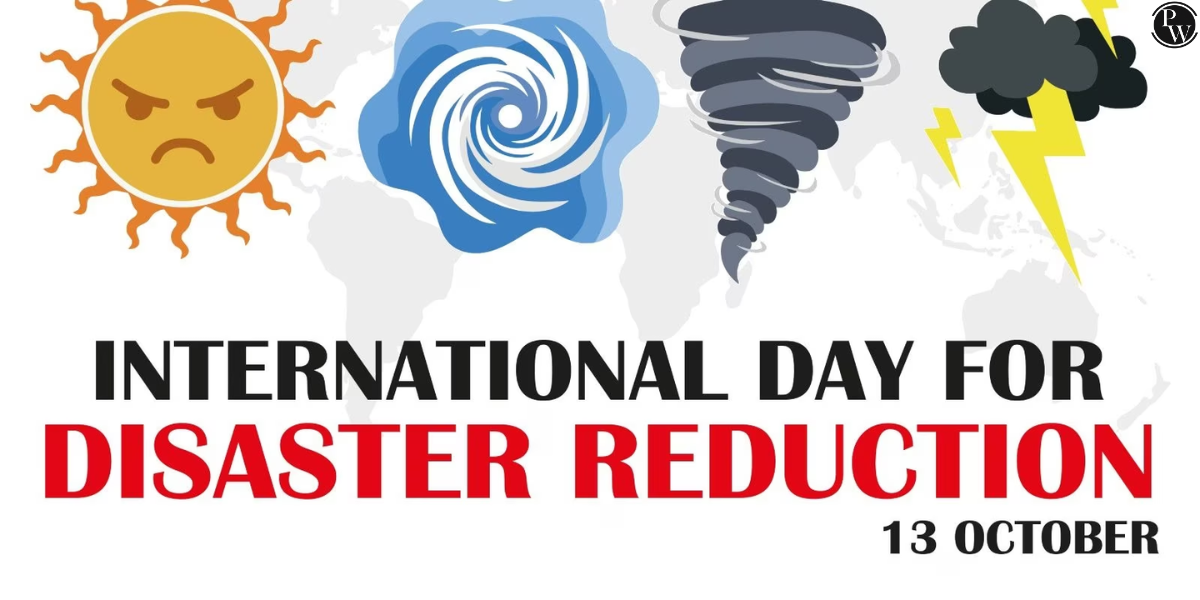

International Girl Child Day 2025: Every year on October 11, people around the world celebrate International Girl Child Day 2025. This day reminds us that girls face unique barriers and that they must be empowered to lead changes in their communities. In 2025, the theme is The girl I am, the change I lead: Girls on the front lines of crisis. This theme emphasizes that girls not only suffer crises but also act in response to them.
Therefore, here we cover International Girl Child Day 2025 in complete detail. One can know about the theme for this year, the day’s history, and also acquaint themselves with the challenges of the path. Keep referring till the very end as we uncover all the crucial information.
What Is International Girl Child Day?
International Girl Child Day 2025 is a global observance to highlight girls’ rights, challenges, and leadership. It calls for attention to the issues girls face simply because of their gender. The day also pushes for solutions, inclusion, and respect.
It is held annually on October 11. On this day, schools, governments, NGOs, and communities organize events, campaigns, and discussions. The aim is to raise awareness and motivate concrete change.
This day is especially meaningful now, because in many places around the world, crises. Whether war, climate change, displacement, or poverty, hit girls hardest. International Girl Child Day 2025 offers a moment to centre girls’ voices and ensure they are not left behind.
International Girl Child Day 2025 History
The history of International Girl Child Day 2025 reflects a long journey of global efforts to promote girls’ rights and equality. From early advocacy campaigns to formal recognition by the United Nations, this observance has evolved to address changing global priorities and challenges faced by girls.
| International Girl Child Day 2025 History | ||
| Year / Period | Key Event / Development | Description |
| Pre-2011 | Grassroots Advocacy | The idea for a global day for girls started through advocacy and community campaigns highlighting the need to address gender inequality. |
| 2011 | UN Recognition | The United Nations General Assembly adopted Resolution 66/170 in December 2011, officially declaring October 11 as the International Day of the Girl Child. |
| Before 2011 | “Because I Am a Girl” Campaign | Initiated by Plan International, this campaign brought global attention to girls’ rights, especially focusing on access to education, health, and safety. |
| 2012 | First Official Celebration | The first International Day of the Girl Child was observed on October 11, 2012, with the theme “Ending Child Marriage.” |
| 2012–2024 | Evolving Annual Themes | Each year introduced a new theme reflecting emerging issues like education, technology, equality, and crisis response. |
| 2025 | Current Focus | The theme for International Girl Child Day 2025 is “The girl I am, the change I lead: Girls on the front lines of crisis,” highlighting girls’ leadership in times of crisis. |
International Girl Child Day 2025 Theme
The official theme for International Girl Child Day 2025 is “The girl I am, the change I lead: Girls on the front lines of crisis.”
This theme recognizes that girls are agents of change, not only victims of crises. In recent years, crises such as armed conflict, climate disasters, migration, and health emergencies have disrupted girls’ lives. This theme emphasizes that in those difficult settings, girls still act, organizing, advocating, caring for others, adapting, and leading.
In 2025, this theme is urgent because many girls live in zones affected by war, displacement, or extreme weather. They often have fewer resources and less protection. The theme invites the world to support their leadership, resilience, and safety.
It also calls for more inclusive responses: when addressing crises, policymakers and aid providers must include girls in planning, not treat them as passive recipients. The theme for International Girl Child Day 2025 encourages us to listen to girls’ perspectives and support their leadership.
Challenges Facing Girls in 2025
Even before crises hit, girls face systemic disadvantages. In crisis settings, those disadvantages often worsen. Some of the main challenges:
| Challenges Facing Girls in 2025 | |
| Challenge | Description |
| Disruption to Education | In conflict zones or disasters, schools may close or become unsafe. Girls often drop out first, and access to remote learning remains limited due to low digital access. |
| Health and Nutrition | Girls often lack access to sexual and reproductive health services and proper nutrition. In emergencies, even basic healthcare becomes scarce and unevenly distributed. |
| Safety and Protection | Crises increase risks of gender-based violence, exploitation, trafficking, and harmful practices. Weak institutions and social breakdown make girls more vulnerable. |
| Child Marriage and Harmful Practices | In unstable settings, families may marry off daughters early as a perceived protection or due to financial hardship. Harmful traditional practices may intensify. |
| Discrimination, Inequality, and Exclusion | Cultural norms and unequal power structures limit girls’ participation. Girls with disabilities or from minority groups face higher levels of marginalization. |
| Lack of Voice and Agency | Girls are often excluded from decisions that directly affect them. Their potential for leadership and meaningful participation is undervalued or ignored. |
International Girl Child Day FAQs
When is International Girl Child Day 2025 celebrated?
What is the theme of International Girl Child Day 2025?
Why is International Girl Child Day celebrated?
Who declared International Girl Child Day?
What are the major issues faced by girls today?













